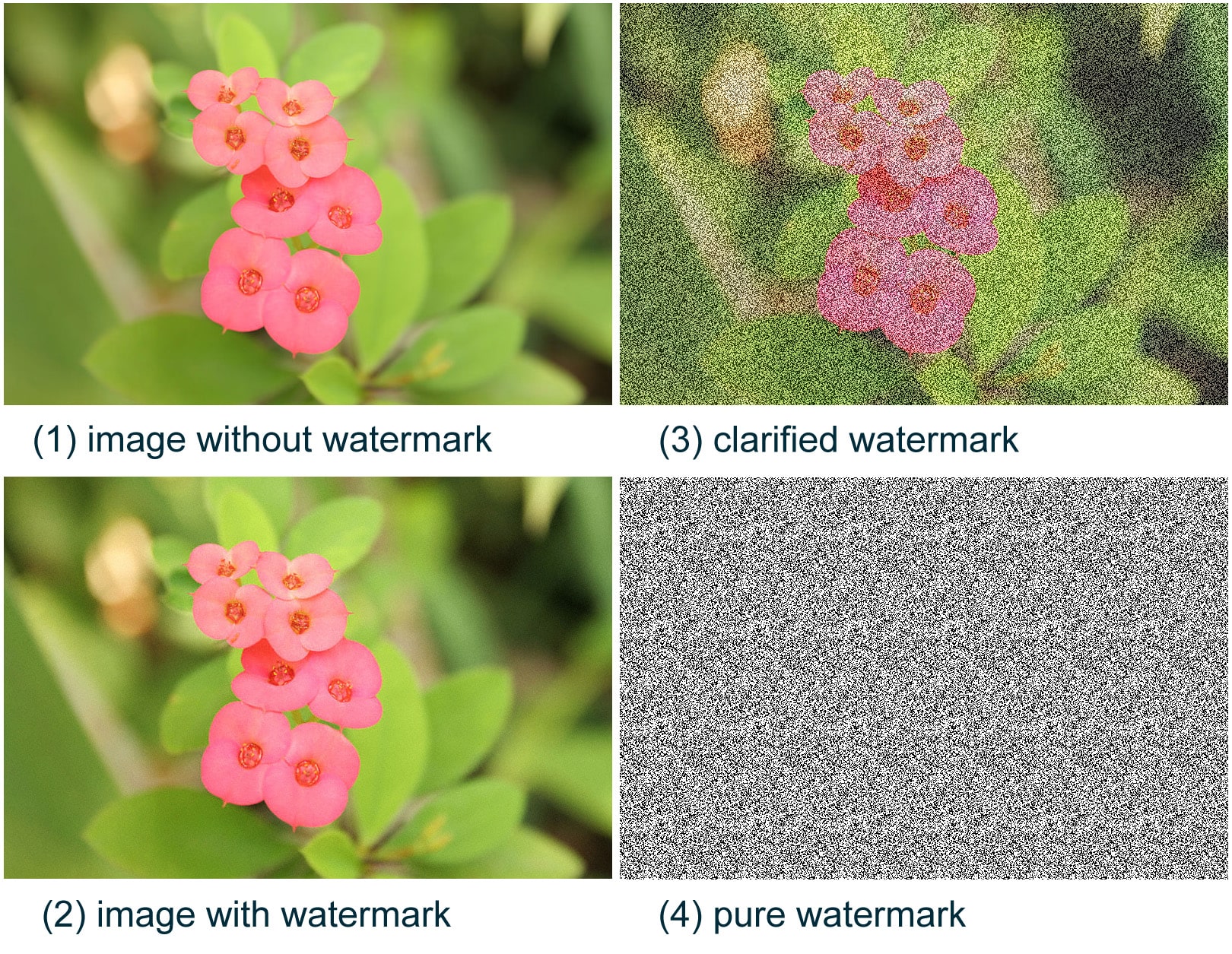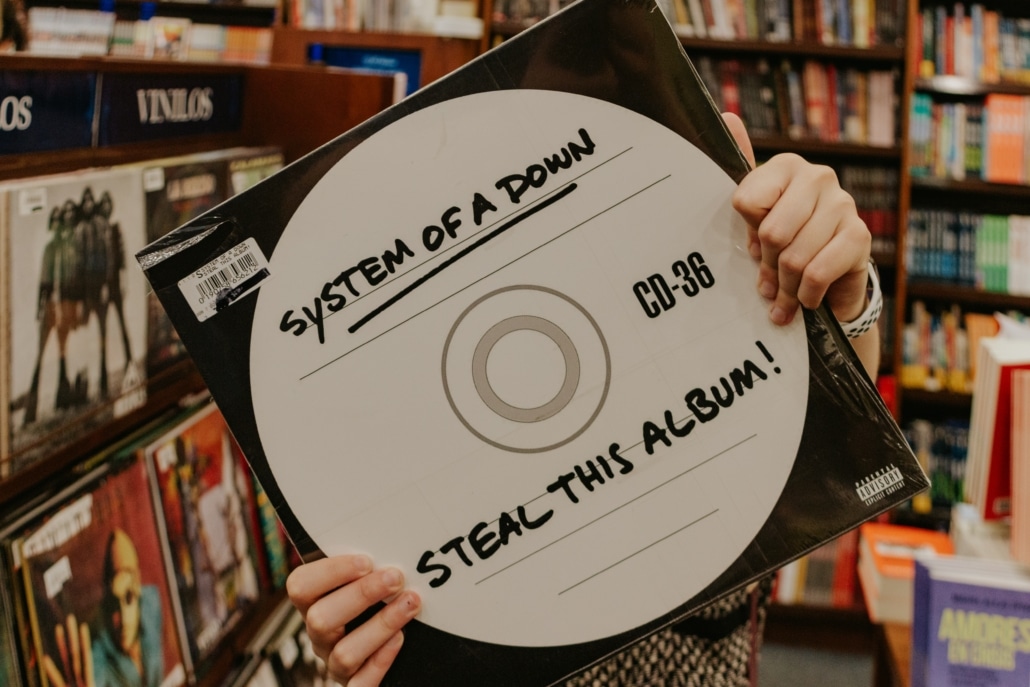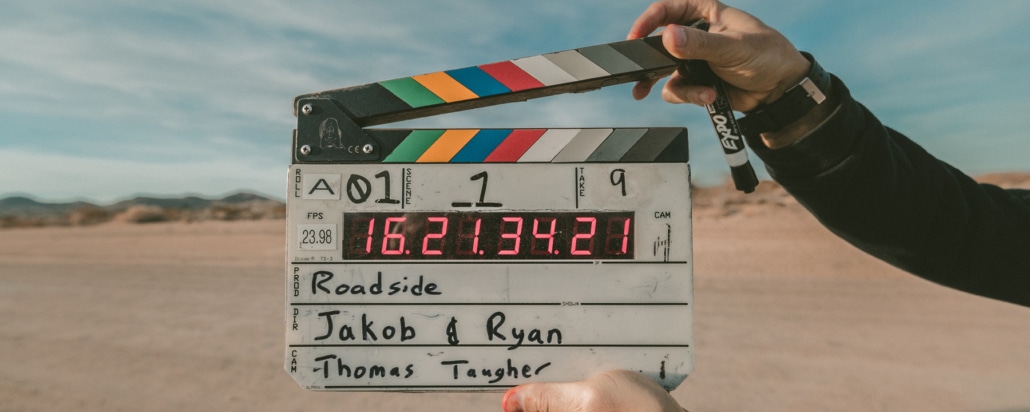DRM is based on technical solutions with which the use and distribution of digital media can be highly controlled. This allows targeted restrictions and precisely regulated monetization of digital content. As a result, this means that
-
- a) only authorized users have access to protected content.
- b) content can only be used as intended by the rights holder.
In practice, this can mean that an e-book can only be read on a certain device or a video can only be played within a certain period of time.
Films, e-books and music files are certainly the most common media protected with DRM technologies, but such measures are also used for software products, image files and PDF documents.
Protection mechanisms
The technical protection mechanisms can be divided into two different classes:
1) Active protection mechanisms
2) Passive protection mechanisms
The first class includes encryption methods used for copy protection. In addition, encryption can prevent unauthorized use and changes, and digital signatures can be authenticated.
Clearly visible watermarks, which can only be removed with greater effort, also provide active protection.
Passive protection mechanisms, on the other hand, are not aimed at preventing access or rendering media unusable. They are primarily used for marking and ensure that the distribution of digital media can be traced. They must be seen as a sensible addition to the “hard measures”.
Steganographic processes are crucial here. They make it possible to conceal information and are used in digital watermarks and fingerprints (the latter are also characterized by their uniqueness). Markings of this kind are not perceptible for humans and can only be read with the help of special algorithms. They are also interwoven with the medium and are difficult to remove. They are mostly applied to prove authorship and are therefore used for tracking copyrighted images and videos on the Internet.
Example: digital watermark
Figure (2) shows a photo with a digital watermark (created with Digimarc). The difference to fig. (1) is barely perceptible to the naked eye. Only if you increase the contrast of the watermark extremely, it becomes recognizable. See fig. (3) and (4).
Classic metadata containers
Usually, license data and copyright notices are also stored in the metadata containers created separately from the content (such as XMP or IPTC-IIM). However, these can be easily manipulated or removed and do not offer any further technical protection on their own. Nevertheless, writing legal notices in the metadata containers is of course useful in order to assert copyright or license rights.

 https://www.teamnext.de/wp-content/uploads/2023/09/aktuelle-social-media-bildgroessen-videoaufloesungen.jpg
720
1800
Björn Buxbaum-Conradi
https://www.teamnext.de/wp-content/uploads/2022/03/teamnext-mediahub-logo-bunt.svg
Björn Buxbaum-Conradi2023-09-26 11:38:422025-01-16 17:37:05Social media image sizes 2025 – these dimensions are recommended for images and videos
https://www.teamnext.de/wp-content/uploads/2023/09/aktuelle-social-media-bildgroessen-videoaufloesungen.jpg
720
1800
Björn Buxbaum-Conradi
https://www.teamnext.de/wp-content/uploads/2022/03/teamnext-mediahub-logo-bunt.svg
Björn Buxbaum-Conradi2023-09-26 11:38:422025-01-16 17:37:05Social media image sizes 2025 – these dimensions are recommended for images and videos



